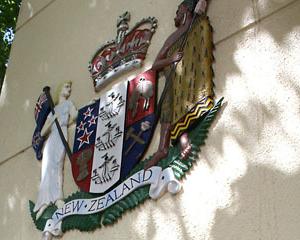A newly-formed trust says it hopes to achieve ''on-the-ground conservation gains'' for some of New Zealand's most endangered freshwater fish - some of the rarest of which can only be found in Otago.
The Working Waters Trust was set up with the aim of raising the profile of endangered fish and there would be a particular focus on the country's most endangered galaxiid species (also known as whitebait), which were concentrated in Otago, Southland and Canterbury, trust director Lan Pham said.
Ms Pham, who formerly ran an Otago-based freshwater education programme for the Department of Conservation (Doc), said helping to form the trust with like-minded people with a love for New Zealand's native freshwater fish and ecosystems was a labour of love.
''We saw the department was moving towards a real focus on supporting community-based conservation initiatives and knew that if we could work together as a partnership we could reach a wider community base, source our own funding from enthusiastic businesses and organisations and essentially achieve more grass roots conservation gains.
''Our work as a trust involves educating and encouraging public awareness of the wonders of New Zealand's native freshwater species and ecosystems, by organising and facilitating fundraising, educational talks, field days and developing resources.
''We work alongside local schools [and] community groups to carry out activities and provide facilities in which we can help endangered galaxiid populations and improve their habitat. Examples include carrying out planting, fencing and/or earthworks to enhance galaxiid habitat.''
She said the trust was only officially registered in November and it had already received funding from Doc to work on galaxiid projects throughout Canterbury, Otago and Southland in the coming year.
''A whopping 87% of New Zealand's native galaxiid species are classified as endangered and these are species which, unlike their whitebait cousins, do not migrate to sea. They live their entire lives in the stream or river where they hatched.
''We've all heard of and have a soft spot for our iconic native species such as the kakapo, the kea, the great spotted kiwi. But lesser known are some equally unique and endangered native species found in the lower half of the South Island and nowhere else in the world - the Dusky, the Clutha flathead, the Central Otago roundhead, and the Canterbury mudfish to name a few.''











